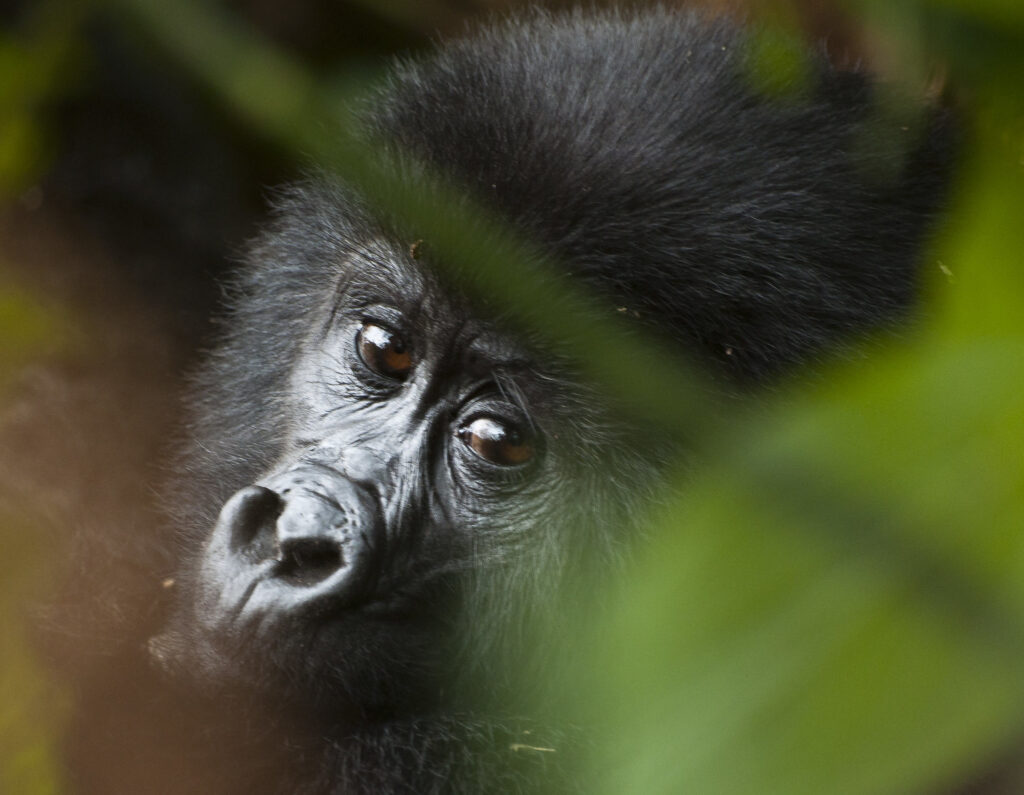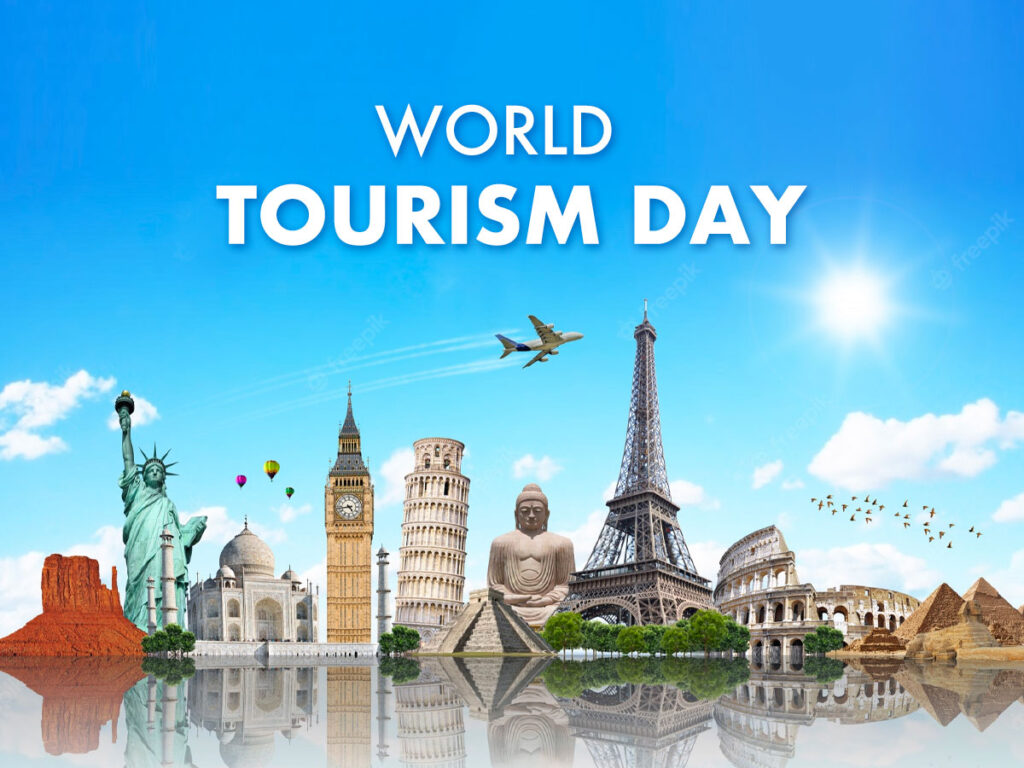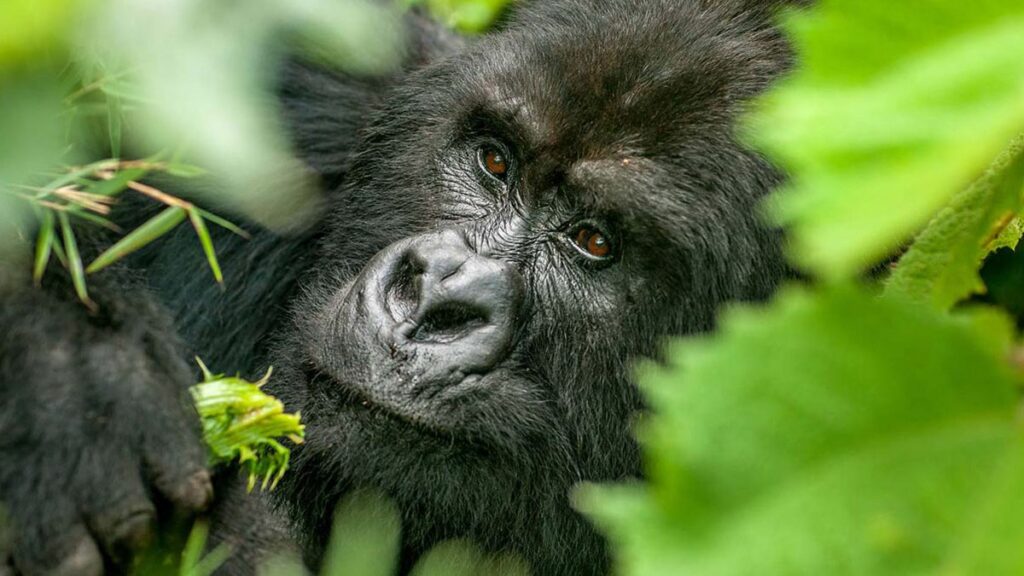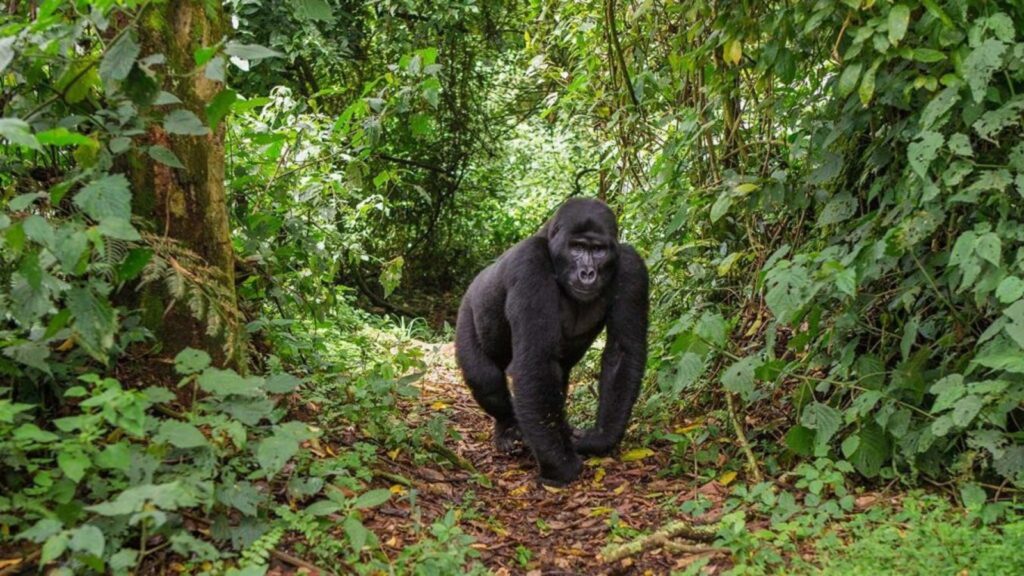Gorilla Trekking Costs Breakdown—What You’re Really Paying For
Cost of gorilla trekking. Gorilla trekking is one of the most unforgettable wildlife experiences on the planet. But it’s also one of the most expensive. Permits alone can cost hundreds of dollars, and that’s before accommodation, transport, and guide fees come into play.
So where does your money actually go? Let’s break it down.
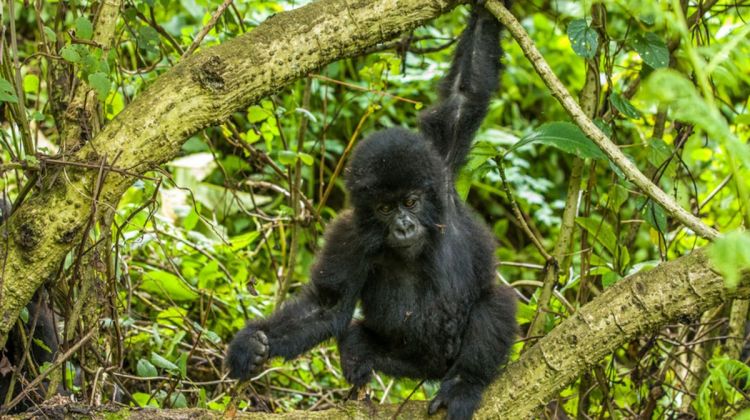
-
Gorilla Trekking Permit
This is the largest part of the cost. As of 2025:
- Uganda: $800 per person
- Rwanda: $1,500 per person
- Congo: $400 per person
The permit gives you one hour with a habituated gorilla family. But it also covers ranger fees, conservation support, and community benefit programs.
Part of the revenue funds anti-poaching units, veterinary care, and research. Another portion supports local communities through education, healthcare, and infrastructure.
You’re not just buying time with gorillas—you’re contributing to their survival.
-
Park Entry and Ranger Services
The permit includes your park entry fee and the services of trained rangers. These guides track the gorillas daily and lead you through the forest safely.
They carry radios, machetes, and first aid kits. Many have years of experience and deep knowledge of gorilla behavior and forest survival.
Your safety and the gorillas’ protection depend on their expertise.
-
Local Guides and Porters
Local guides, often from nearby villages, join the trek to interpret the forest and spot signs of wildlife. You can also hire a porter (usually $10–$20) to carry your bag and help on steep or muddy trails.
Hiring a porter supports local livelihoods and gives you the energy to enjoy the trek fully.
-
Accommodation Costs
Lodging varies depending on location and comfort level. In areas like Bwindi or Volcanoes National Park, you’ll find:
- Budget lodges: $50–$100 per night
- Mid-range lodges: $150–$250 per night
- Luxury lodges: $400+ per night
Many packages include full board and offer packed lunches for your trekking day.
-
Transport and Transfers
You’ll need private transfers from major cities or airports to the park gates. In Uganda, the drive from Entebbe to Bwindi can take 8–10 hours. Rwanda’s Volcanoes National Park is about 2.5 hours from Kigali.
Private 4×4 vehicles are recommended due to rough terrain. Charter flights to nearby airstrips like Kihihi or Kisoro are faster but costlier.
-
Travel Agency or Tour Operator Fees
Many travelers book through licensed tour operators. These companies arrange permits, transfers, guides, meals, and lodging in one package. This saves time and ensures availability, especially during peak seasons.
Tour packages vary in cost depending on group size, accommodation level, and number of days. Expect to pay between $1,200 and $3,500 for a 3-day gorilla trekking tour.
You’re paying for peace of mind, expert planning, and local knowledge.
-
Conservation and Community Development
A big part of what you pay helps protect the gorillas and support nearby communities. In Uganda, for example, 10% of permit fees go directly to community projects. This includes schools, health clinics, and clean water initiatives.
Your visit helps create jobs, improve lives, and reduce human-wildlife conflict.
Conclusion
Gorilla trekking costs more than a typical safari, but the value goes beyond the experience. You’re funding conservation efforts that protect endangered mountain gorillas and helping communities thrive.
When you buy a permit or book a tour, you’re investing in a future where gorillas can survive—and where people and wildlife live in harmony.

